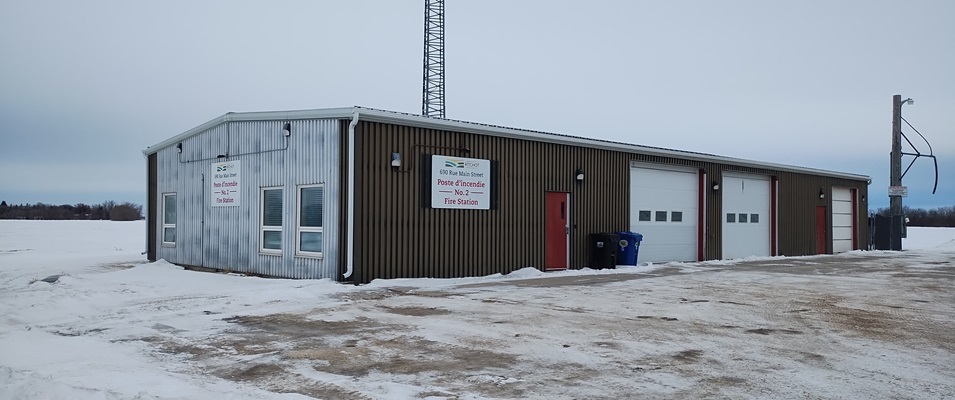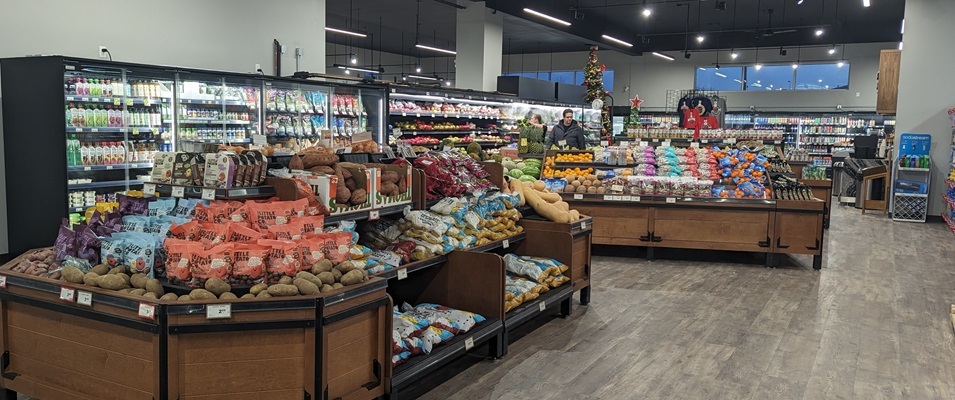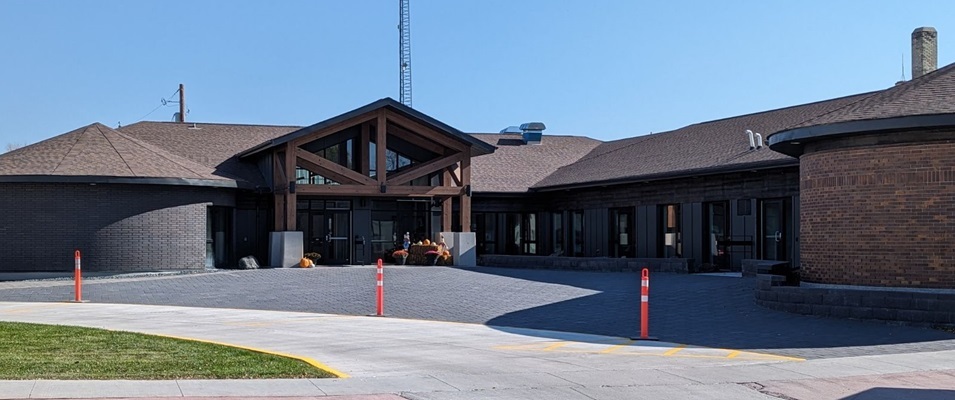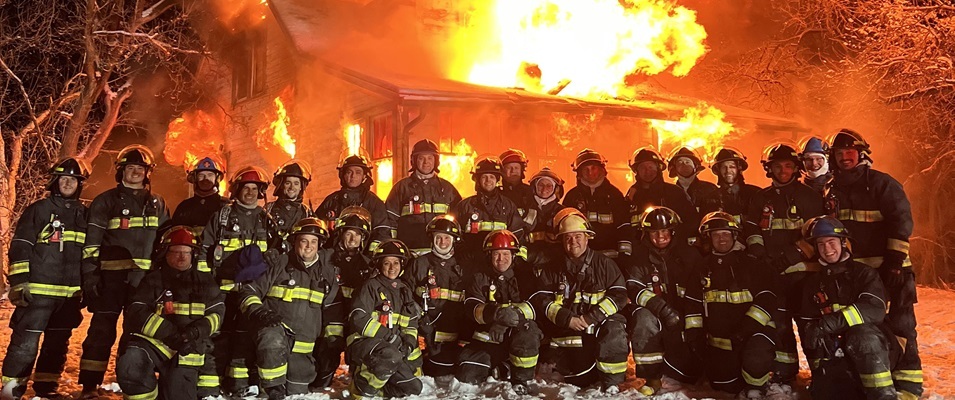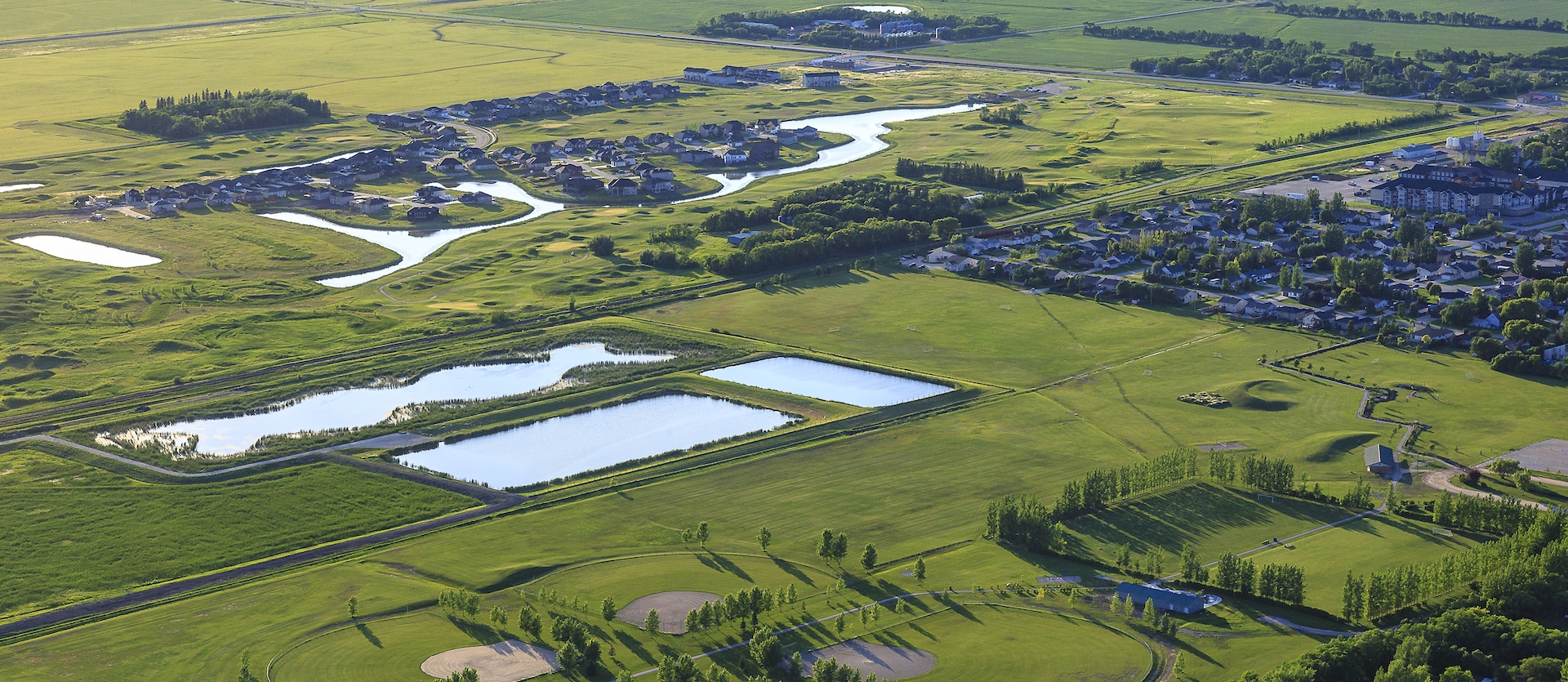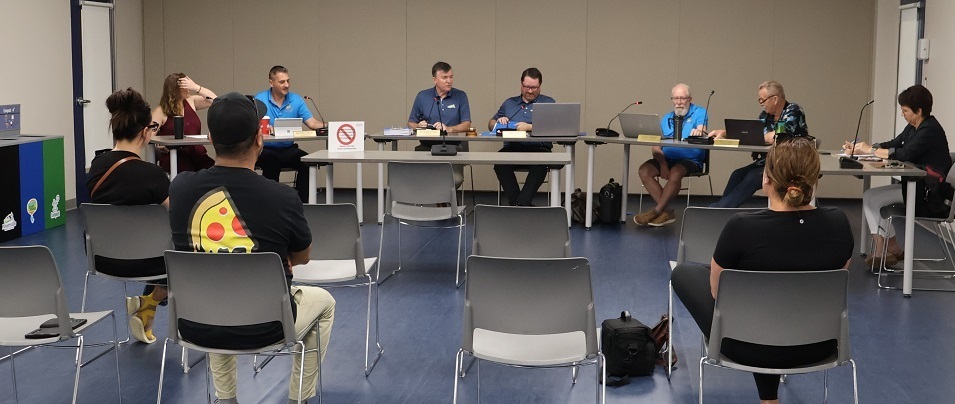
On Tuesday, May 7, Niverville’s council met for a morning public meeting that largely revolved around multifamily housing starts and the town’s requirement to meet specific density targets set out by the provincial and federal governments.
In an effort to encourage multifamily housing starts, council approved an amendment to their multi-unit residential development incentive grant policy which will be available to builds containing more than 20 suites.
Mayor Myron Dyck says that the grant does not operate as a cash incentive. Rather, it gives council the flexibility to make allowances on when certain developer fees have to be paid, depending on the developer’s individual needs.
“It’s a payment plan to help with cashflow when they start,” says Dyck. “Sometimes they have millions of dollars in upfront costs. Some have said that [fee flexibility] makes it easier [if] they’re trying to presell units. We’re trying to just help them facilitate that.”
These days, council is looking favourably on all kinds of housing options that will help the community grow inward and not just outward, especially in light of Niverville’s current boundary restrictions.
But it’s not just for the community’s sake that housing infill has taken on a new importance.
One year ago, the provincial government made it a requirement for Niverville to join the Winnipeg Metropolitan Region (WMR).
Capital regions such as the WMR exist in every province. They are collaborative bodies which include the capital city and its surrounding municipalities, all with the common goal of working cohesively on land use planning, economic development, environmental initiatives, and other regional concerns.
Now, as a member of the WMR, Niverville is expected to track and move toward population density targets as set out by the two higher levels of government in order to help mitigate the country’s housing crisis.
Based on Councillor Nathan Dueck’s understanding, the targets must be met for public funding to be made available.
“So if we’re not hitting our targets and losing funding from [the province’s project grants], what does that mean to the community in terms of long-term sustainability?” Dueck asks.
Mayor Dyck says that Niverville’s density was around five dwellings per acre. New legislation, he adds, has created a target of eight dwellings per acre.
“When we did our [most recent] growth forecast, we set it at 8.5 units per acre so that we won’t have the urban sprawl,” Dyck says. “It will still allow us to have some bigger lots, but then you can offset those with making sure you have the multifamily too.”
According to Dyck, one of council’s concerns with the mandated density targets set out by the province is that Niverville is the only urban municipality within the WMR which borders a municipality that is not a part of the WMR.
This is the RM of Hanover, bordering Niverville’s immediate east. According to CAO Eric King, Hanover has no population density targets to meet in order to be eligible for funding.
It’s concerns like these that Dyck hopes to take with him to this year’s annual Federation of Canadian Municipalities conference held in Calgary in early June. According to Dyck, the 2024 conference promises to focus on housing trends and land uses across the country.
The conference provides mayors from across the country a chance to come together to raise concerns relevant to their communities and share creative ways in which hurdles are being overcome.
The weekend will include a three-hour walking tour of Calgary’s east village to show how one city is managing to enhance density by developing pockets containing a wide variety of housing options.
While there, Dyck hopes to meet up with some of the city’s business owners in order to sell Niverville’s many attributes.





